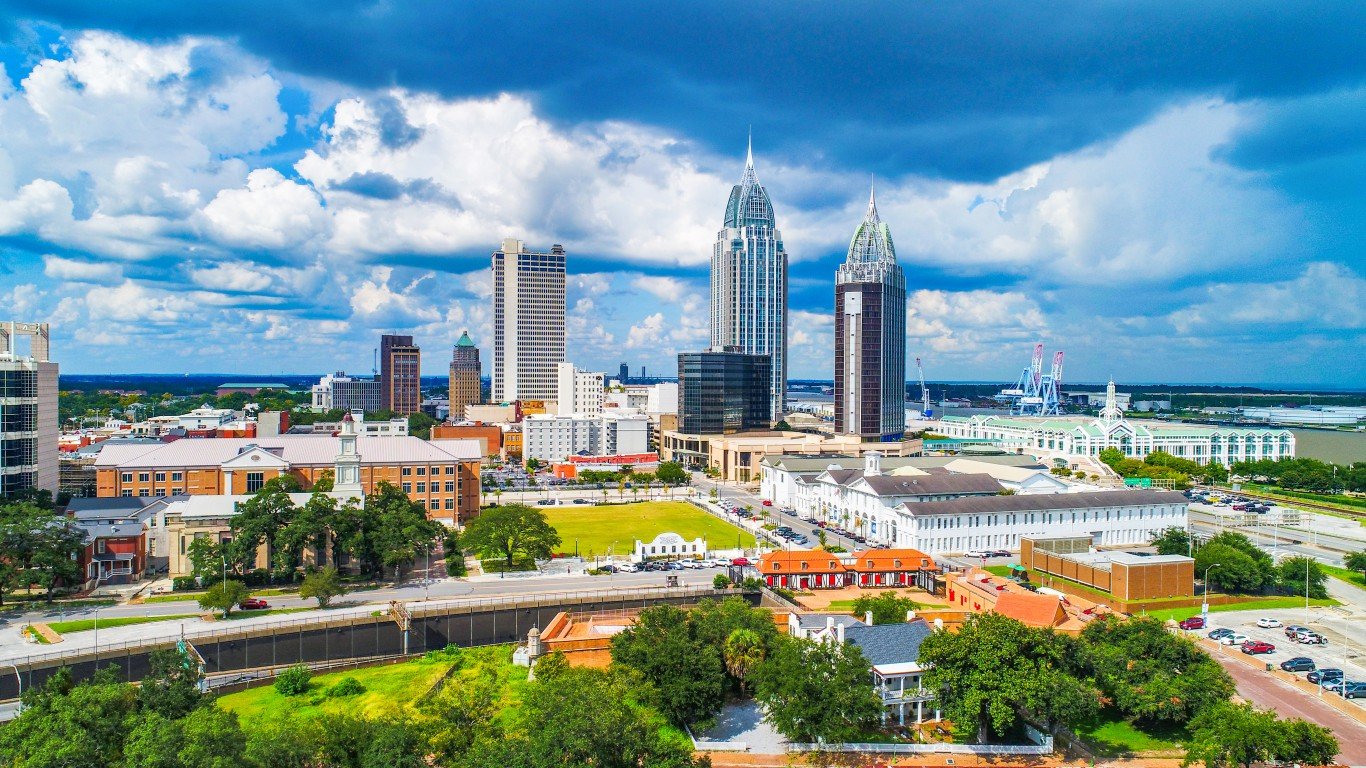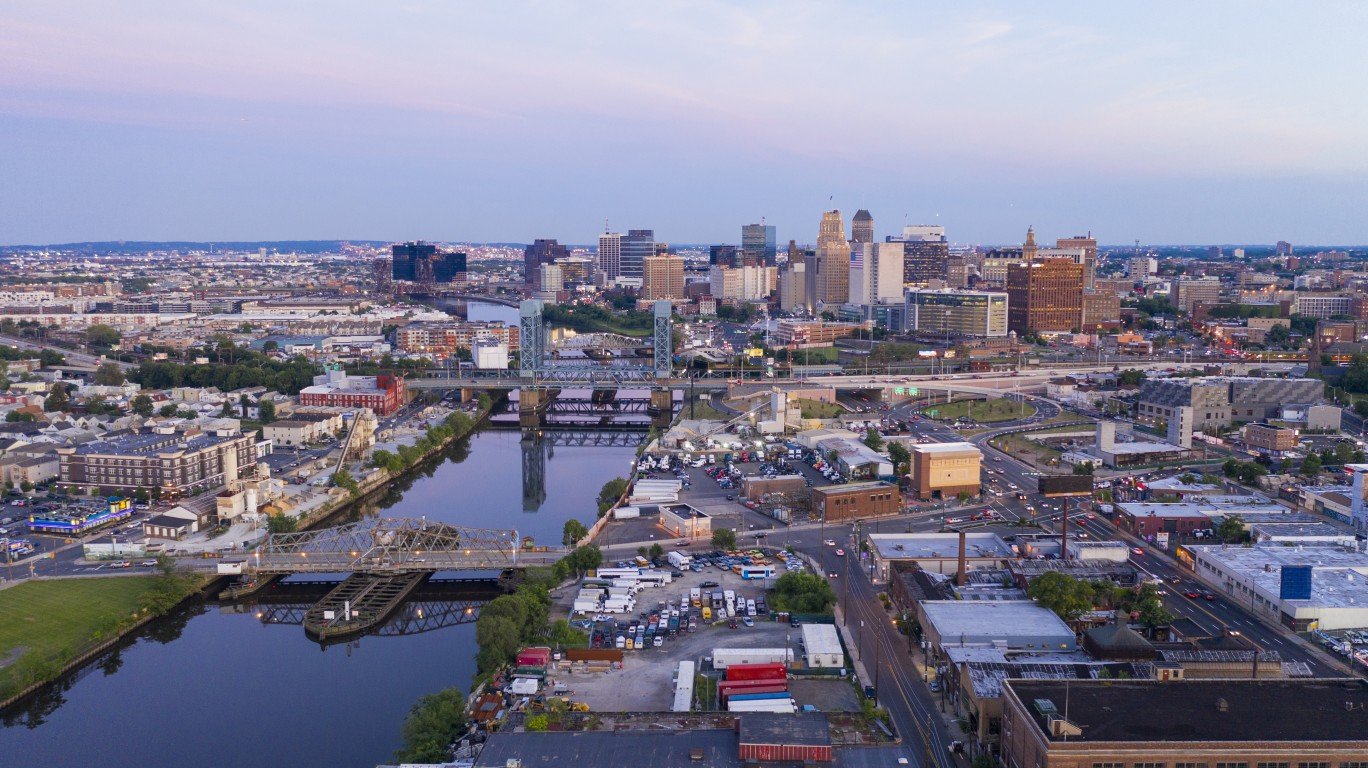
If the cable TV channels are any indication, buying a house cheap, adding some sweat and dollars, and then reselling it for a fat profit is back in style again. The practice, called flipping, hit a six-year high in the second-quarter of this year with nearly 51,500 properties flipped, up 14% compared with the prior quarter and up 3% year over year.
Back in the bad old days before the housing market collapsed, flipping hit a high of 96,000 properties in the second quarter of 2005. At the height of the housing boom in the first quarter of 2006, flipping accounted for 9% of all home sales, compared with 5.5% in the second quarter this year.
One big difference between then and now is that about 70% of current home flippers pay cash for the property, compared with about 32% late 2005 and early 2006. Another big difference, according to ATTOM Data Solutions, the parent company of RealtyTrac, is that the returns on investment are much higher now: 49% compared with 27%. Here’s the short version from ATTOM:
Homes flipped in Q2 2016 sold on average for $189,000, $62,000 more than the average purchase price of $127,000, according to ATTOM data. That $62,000 average gross profit was up from an average $59,250 gross flipping profit in the previous quarter and up from an average $57,900 gross flipping profit in Q2 2015 to the highest average gross flipping profit since Q1 2000, the earliest quarter tracked in the report.
Gross profit is the difference between what the flipper paid for the home and what the home later sold for. It does not include the cost of repairs and renovation.
Using the ATTOM data and applying some additional filters, researchers at Realtor.com identified the top 10 U.S. cities for flipping a house. Here’s the list, including the ratio of flips to all sales, the median flip profit and the median list price of all homes:
- Deltona, Florida: 4% flip rate; $45,830 median profit; $262,000 median price of all homes
- Stockton, California: 3.9%; $71,050; $355,000
- Nashville, Tennessee: 3.8%; $48,500; $330,000
- Tampa, Florida: 3.6%; $50,500; $240,000
- New Orleans, Louisiana: 3.5%; $78,300; $252,000
- Los Angeles, California: 3%; $89,000; $675,000
- Knoxville, Tennessee: 2.8%; $58,450; $223,000
- Providence, Rhode Island: 2.7%; $76,000; $311,000
- Phoenix, Arizona: 2.6%; $42,500; $300,000
- Denver, Colorado: 2.5%; $42,500; $480,000
Details on what buyers especially look for in each city and more information is available at Realtor.com.
Essential Tips for Investing: Sponsored
A financial advisor can help you understand the advantages and disadvantages of investment properties. Finding a qualified financial advisor doesn’t have to be hard. SmartAsset’s free tool matches you with up to three financial advisors who serve your area, and you can interview your advisor matches at no cost to decide which one is right for you. If you’re ready to find an advisor who can help you achieve your financial goals, get started now.
Investing in real estate can diversify your portfolio. But expanding your horizons may add additional costs. If you’re an investor looking to minimize expenses, consider checking out online brokerages. They often offer low investment fees, helping you maximize your profit.
Thank you for reading! Have some feedback for us?
Contact the 24/7 Wall St. editorial team.



